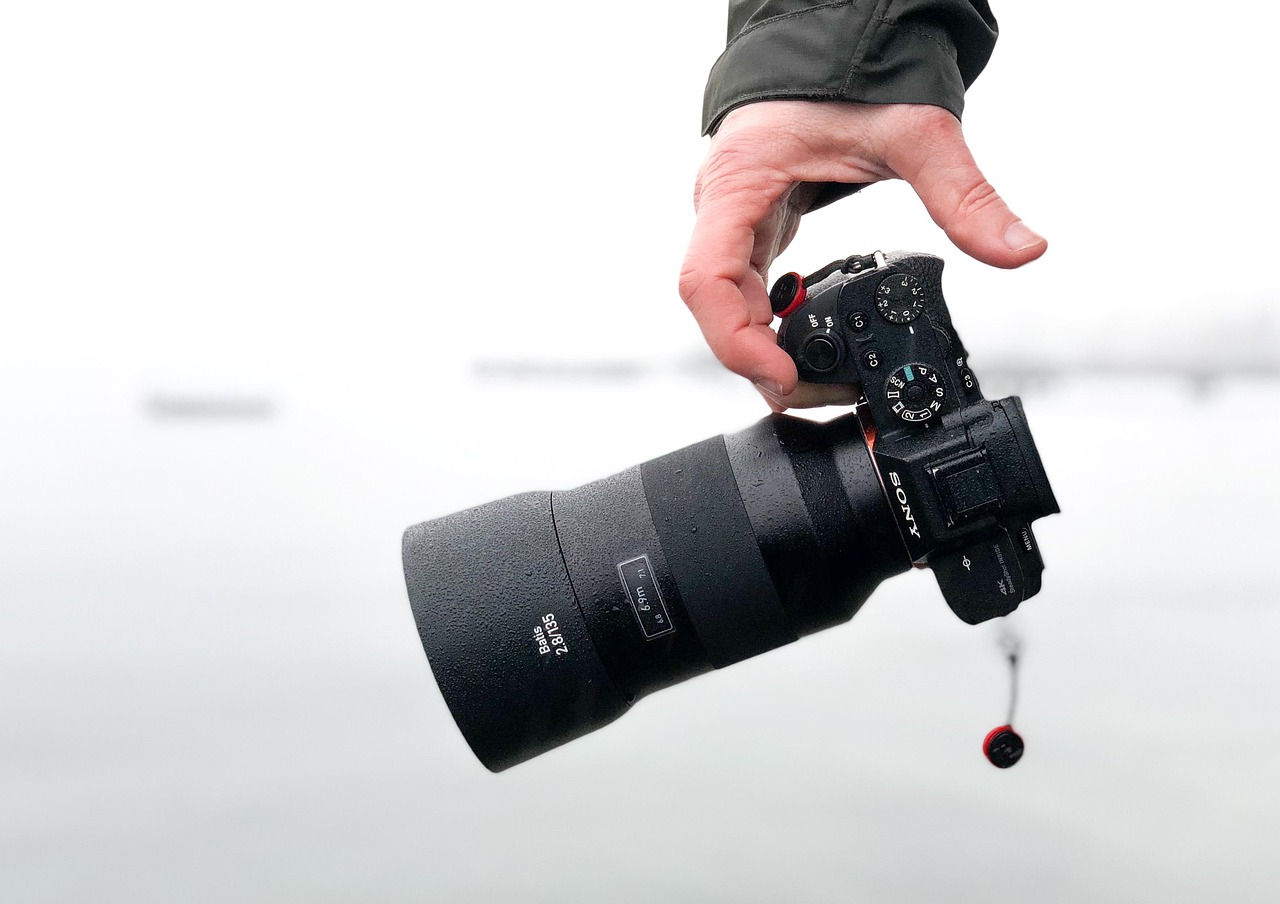This article provides a detailed guide on how to securely mount an action camera on tennis rackets and golf clubs, enhancing your sports experience by capturing dynamic footage.
Action cameras are revolutionizing how athletes document their performances. They provide high-quality footage that can be used for analysis, training, or simply capturing memorable moments on the court or course. Athletes can share their experiences on social media, engaging with fans and fellow enthusiasts.
When selecting an action camera, consider features such as:
- Image Stabilization: Essential for capturing smooth footage during fast-paced activities.
- Waterproofing: Necessary if you plan to use your camera in various weather conditions.
- High Resolution: Look for at least 1080p to ensure clear and detailed images.
To securely attach your camera to sports equipment, you need the right gear. Various mounts, adhesives, and straps are available specifically designed for tennis rackets and golf clubs. Ensure that the equipment you choose is compatible with your camera model.
Mounting an action camera on a tennis racket requires careful consideration to avoid interference with your game. Follow these steps for a secure fit:
1. Choose a lightweight camera.2. Select a suitable mount (e.g., handlebar mount).3. Position the camera near the grip for balance.4. Secure the mount tightly using straps or adhesive.5. Test the stability before playing.
Identifying optimal positions for your camera can enhance the quality of your footage. Consider mounting the camera:
- Near the handle for close-up action shots.
- On the side for a wider view of your swings.
Attaching an action camera to a golf club requires attention to balance and angle. Here’s how to do it effectively:
1. Use a mount designed for golf clubs.2. Place the camera towards the end of the club for better balance.3. Ensure it does not obstruct your swing.
There are various mounting options for golf clubs, including:
- Clamp mounts: Easy to attach and remove.
- Adhesive mounts: Provide a more permanent solution.
The angle of your camera can dramatically affect the footage. Aim for a slight downward angle to capture the full swing and follow-through. Experiment with different angles to find what works best for your style.
Safety is paramount when mounting an action camera. Ensure that your camera is securely attached to prevent it from falling during play. Additionally, consider the potential risk of injury to yourself or others if the camera becomes dislodged.
Once you’ve captured your footage, the next step is editing. Use software to trim, enhance, and add effects to your videos. Sharing your clips on social media platforms can help you connect with other sports enthusiasts and showcase your skills.
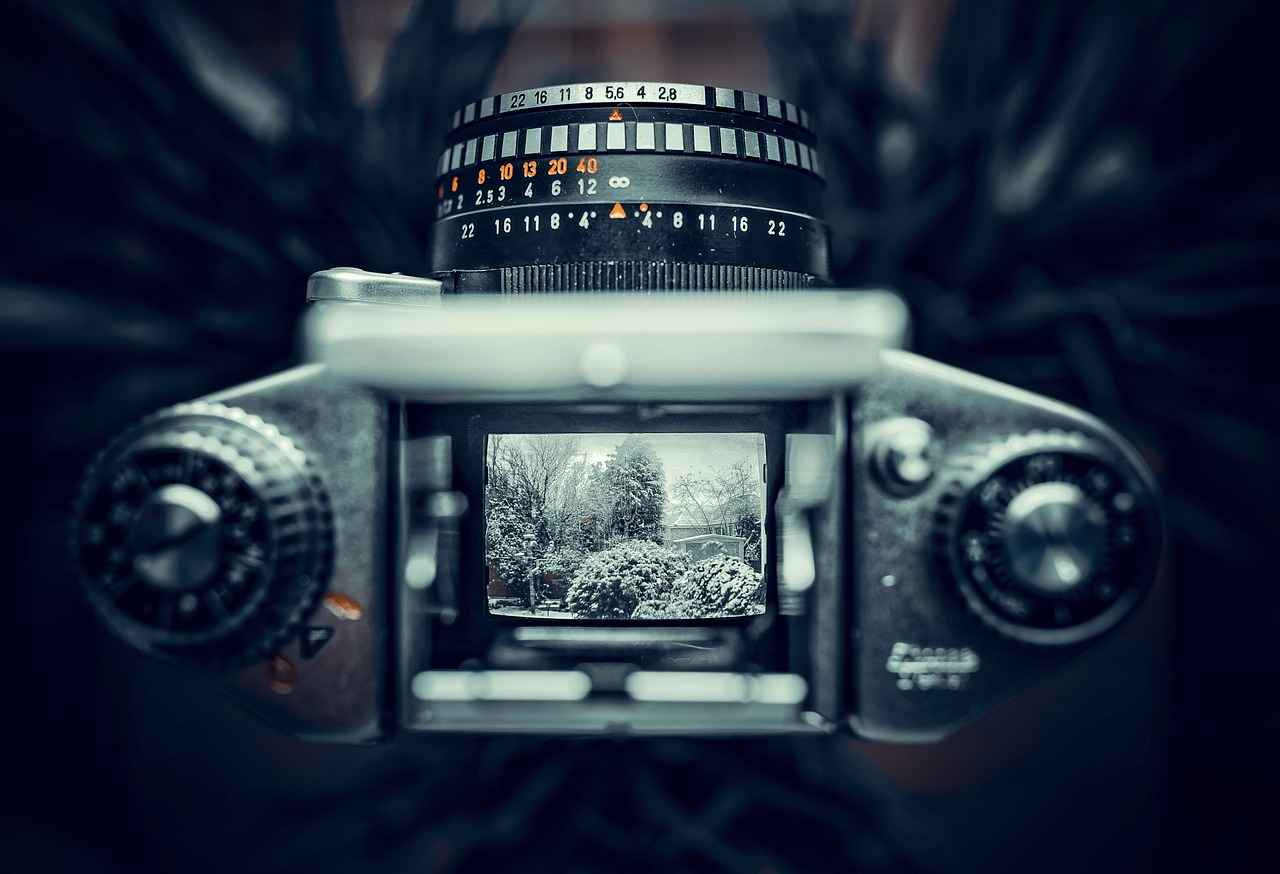
Why Use an Action Camera in Sports?
Action cameras have revolutionized the way athletes document their sporting experiences. These compact, durable devices are designed to capture high-quality footage in a variety of conditions, making them ideal for sports enthusiasts. But why are they becoming essential tools for athletes? Let’s explore the reasons.
- Performance Analysis: Athletes can review their techniques and performance through recorded footage. This allows them to identify areas for improvement, whether it’s a tennis serve or a golf swing.
- Engaging Content Creation: With the rise of social media, athletes can share their experiences and skills with a broader audience. Action cameras enable the creation of captivating content that can attract followers and sponsors.
- Durability and Versatility: Designed to withstand extreme conditions, action cameras can be used in various sports settings, from the tennis court to the golf course. Their ability to capture footage in challenging environments is unmatched.
- Hands-Free Operation: Many action cameras come with mounting options, allowing athletes to record their activities without needing to hold the device. This hands-free capability ensures that the athlete can focus entirely on their performance.
Integrating action cameras into training can offer significant advantages. By recording practice sessions, athletes can analyze their movements in real-time. Coaches can also use this footage to provide immediate feedback, enhancing the training process.
When selecting an action camera, consider the following features:
- Image Stabilization: This feature is crucial for capturing smooth footage, especially during dynamic movements.
- Waterproofing: For outdoor sports, a waterproof camera is essential to protect against the elements.
- High Resolution: Look for cameras that offer at least 1080p resolution to ensure clear and detailed footage.
- Battery Life: A long-lasting battery is important for extended training sessions or competitions.
Sharing action camera footage on social media platforms can help athletes connect with their peers. Engaging with followers through live sessions or Q&A formats can build a sense of community among sports enthusiasts. This interaction can lead to collaborations, sponsorship opportunities, and a supportive network.
While action cameras enhance the sporting experience, safety must always be prioritized. Ensure that the camera is securely mounted to prevent it from becoming a projectile during play. Additionally, be aware of your surroundings to avoid collisions with other players or obstacles.
In conclusion, action cameras are more than just recording devices; they are powerful tools that can significantly enhance an athlete’s performance, training, and community engagement. By understanding their benefits and features, athletes can make informed decisions on how to incorporate action cameras into their sporting journeys.

Choosing the Right Action Camera
When it comes to capturing your sports activities, is essential. With a myriad of options available, it can be overwhelming to identify which features will best suit your needs. Below, we will explore the critical aspects to consider when selecting an action camera, ensuring you make an informed decision.
- Stabilization: One of the most important features is stabilization. Look for cameras with advanced stabilization technology, such as gimbal stabilization or digital image stabilization (EIS). These features help produce smooth footage, even during high-intensity activities.
- Waterproofing: If you plan on filming in wet conditions or while engaging in water sports, ensure your action camera is waterproof. Many models come with built-in waterproofing, while others may require an additional case.
- High Resolution: For the best quality footage, opt for a camera that offers at least 4K resolution. This ensures that your videos are sharp and detailed, making them more enjoyable to watch.
- Battery Life: Consider the battery life of the camera. Longer battery life is crucial for extended shooting sessions, especially during sports events.
- Durability: An action camera should be rugged enough to withstand falls and impacts. Check for cameras that are built to endure tough conditions.
Various brands offer action cameras with different features and price points. Popular brands like GoPro, DJI, and Insta360 have established themselves as leaders in the market. Each brand has unique selling points:
- GoPro: Known for its robust build and excellent stabilization, GoPro cameras are a favorite among extreme sports enthusiasts.
- DJI: DJI is recognized for its superior stabilization technologies and user-friendly interfaces, making it ideal for beginners.
- Insta360: If you’re looking for 360-degree footage, Insta360 provides innovative solutions that allow you to capture immersive experiences.
When selecting an action camera, consider the user experience. Look for features such as:
- Intuitive Controls: A user-friendly interface can make a significant difference, especially when you need to adjust settings on the fly.
- Mobile Compatibility: Many cameras now offer mobile apps that allow for easy editing and sharing of footage. This can be a game-changer for athletes looking to quickly post their highlights online.
Lastly, determine your budget. Action cameras can range from affordable options to high-end models. It’s essential to find a balance between features and cost. Remember, investing in a quality camera can enhance your experience and provide better results in the long run.
In conclusion, selecting the right action camera involves considering various factors such as stabilization, waterproofing, and resolution. By understanding your needs and exploring the available options, you can find a camera that enhances your sports experience and captures every thrilling moment.

Essential Mounting Equipment
When it comes to capturing your sports performance, the right mounting equipment is essential for ensuring both stability and safety. Whether you’re a tennis player or a golfer, having a secure way to attach your action camera to your gear can make all the difference in the quality of your footage. In this section, we will explore the various types of mounts, adhesives, and straps specifically designed for sports gear like rackets and clubs, helping you make informed choices for your next recording session.
There are several types of mounts available that cater to different sports equipment:
- Clamp Mounts: These are versatile and can be adjusted to fit various shapes and sizes, making them ideal for both tennis rackets and golf clubs.
- Adhesive Mounts: These mounts offer a permanent solution and are great for a more streamlined look. However, ensure that the adhesive is strong enough to withstand the forces during play.
- Strap Mounts: Designed for easy attachment and removal, strap mounts are perfect for athletes who want flexibility without compromising on security.
Adhesives play a crucial role in mounting your action camera securely. They must be weather-resistant and durable to withstand the rigors of outdoor sports. Look for high-quality adhesive mounts that are specifically designed for sports equipment, as these will ensure that your camera remains intact during intense play.
Straps provide an additional layer of security for your camera. By wrapping around the handle or frame of your equipment, they help prevent accidental drops. When choosing straps, consider the following:
- Ensure they are made from high-quality materials that can endure wear and tear.
- Look for adjustable options to get a snug fit on your gear.
Stability is paramount when mounting an action camera. A stable mount will minimize vibrations and ensure smooth footage. Here are some tips:
- Choose mounts that have a low profile to reduce wind resistance.
- Consider the weight distribution of your equipment; a well-balanced setup will enhance stability.
Safety should never be compromised while mounting your action camera. To mitigate risks:
- Regularly check your mounts and straps for wear and tear.
- Test the stability of your setup in a controlled environment before taking it into a live sports scenario.
In conclusion, selecting the right mounting equipment is essential for capturing high-quality footage while ensuring the safety of both the athlete and the camera. By understanding the different types of mounts, the importance of adhesives, and the role of straps, you can enhance your sports experience and create engaging content that showcases your skills. Always prioritize stability and safety in your setup to enjoy a worry-free recording experience.

How to Securely Mount on a Tennis Racket?
Mounting an action camera on a tennis racket is an exciting way to capture your gameplay from a unique perspective. However, it is essential to ensure that the camera is securely attached without interfering with your performance on the court. Here’s a detailed guide on how to achieve a secure fit while enjoying your game.
- Choose the Right Mount: Selecting a high-quality mount designed specifically for sports equipment is crucial. Look for mounts that offer a firm grip and are made of durable materials.
- Identify the Best Location: The ideal mounting position is typically near the handle or on the throat of the racket. This placement minimizes wind resistance and keeps the camera out of your swing path.
- Clean the Surface: Before attaching the mount, clean the area of the racket where you plan to place it. Use rubbing alcohol to remove any dirt or oils, ensuring a strong adhesive bond.
- Attach the Mount: Follow the manufacturer’s instructions for attaching the mount. If using adhesive, apply it evenly and press firmly for the recommended time.
- Secure the Camera: Once the mount is fixed, attach your action camera securely. Ensure that it clicks into place and double-check that it is not loose.
- Test the Setup: Before hitting the court, shake the racket gently to test the stability of the camera. Make sure it does not wobble or shift.
- Adjust the Angle: Position the camera at an angle that captures your strokes effectively. A slight upward tilt often works best for dynamic shots.
Proper mounting is essential not only for capturing quality footage but also for ensuring that your gameplay is not hampered. A well-mounted camera allows for a seamless experience, enabling you to focus on your game without distractions. Additionally, the right angle can significantly enhance the visual appeal of your videos, showcasing your skills and techniques effectively.
- Using Low-Quality Mounts: Cheap mounts may not provide the necessary stability and can lead to camera loss or damage.
- Ignoring Weight Distribution: An improperly balanced racket can affect your swing and overall performance. Ensure that the camera does not add excessive weight to one side.
- Neglecting Safety Precautions: Always consider the safety of both yourself and others on the court. Ensure that the camera is securely mounted to prevent it from detaching during play.
Capturing your tennis matches with an action camera can provide valuable insights into your gameplay while also creating engaging content. By following these steps and avoiding common pitfalls, you can ensure a secure and effective mounting solution. Enjoy your game and happy filming!
Step-by-Step Mounting Guide
Mounting an action camera on a tennis racket can significantly enhance your experience by allowing you to capture dynamic footage of your gameplay. This step-by-step guide will walk you through the process of securely attaching your camera, ensuring that it remains stable and does not interfere with your performance on the court.
- Action Camera: Choose a lightweight model with good stabilization features.
- Mounting Kit: Look for a kit that includes adhesive mounts, straps, and brackets specifically designed for sports equipment.
- Cleaning Supplies: Use a microfiber cloth and alcohol wipes to clean the racket surface before mounting.
Before attaching the camera, it’s crucial to ensure that the area on the racket where you will place the mount is clean. Use a microfiber cloth and alcohol wipes to remove any dirt or moisture. This will help the adhesive bond better, providing a more secure attachment.
Identify the best position for your camera. The top of the handle or the throat of the racket are popular choices. Mounting at these points allows for a clear view of your swings without obstructing your grip. Experiment with different angles to determine which position captures the best footage.
Once you’ve chosen the location, follow the instructions provided with your mounting kit. If using an adhesive mount, peel off the backing and press it firmly onto the racket for about 30 seconds. Ensure it is secure before proceeding. For strap mounts, wrap the strap around the racket and adjust it to fit snugly.
After the mount is securely attached, place your action camera onto the mount. Make sure it clicks into place and is locked securely. Check that the camera is stable by gently shaking the racket. If it moves, re-adjust the mount or use additional adhesive as needed.
Before heading to the court, set your camera to the appropriate mode. Most action cameras offer various settings for different activities. Choose a setting that optimizes video quality for fast movements, such as a high frame rate mode. Additionally, check the battery level to ensure you have enough power for your recording session.
Before your actual play, conduct a test run. Swing the racket a few times while recording to see how the footage looks. This will help you determine if any adjustments are needed, such as changing the angle or repositioning the camera for better shots.
Now that everything is set up, it’s time to hit the court! Play your game as you normally would while the camera records. Focus on your performance, and don’t worry about the camera; it should remain unobtrusive if mounted correctly.
After your game, review the footage captured by your action camera. Analyze your performance, and look for areas of improvement. This footage can be invaluable for training and enhancing your skills.
By following these steps, you can effectively mount your action camera on a tennis racket, allowing you to capture your gameplay without compromising performance. Enjoy your enhanced sports experience!
Best Mounting Positions on a Racket
When it comes to capturing stunning footage during sports activities, identifying the best positions for mounting your camera is crucial. The placement of your action camera can significantly influence the quality of the shots you obtain, especially in fast-paced sports like tennis and golf. Let’s explore the optimal locations for capturing dynamic shots that highlight your skills.
Proper camera positioning not only enhances the visual appeal of your footage but also ensures that you capture the most exciting moments of your game. A well-placed camera can provide unique angles that showcase your technique, making your videos more engaging.
- Top of the Handle: Mounting your camera at the top of the racket handle gives a bird’s-eye view of your swings. This angle captures the full motion of your strokes and allows viewers to appreciate your technique.
- Side of the Frame: Attaching the camera to the side of the racket frame can offer a dynamic perspective of the ball’s trajectory. This position is excellent for recording the impact of the ball and the follow-through.
- Underneath the Racket: Positioning the camera underneath the racket provides a unique angle that can capture your footwork and body movement, adding depth to your footage.
To ensure that your camera remains securely in place during intense play, consider using high-quality adhesive mounts or specialized straps designed for sports gear. These mounting solutions can help absorb shock and minimize vibrations, resulting in smoother footage.
- On the Shaft: Mounting your camera on the shaft of the golf club allows for a clear view of your swing mechanics. This position is particularly effective for analyzing your technique.
- On the Clubhead: Attaching the camera to the clubhead captures the moment of impact, providing an exhilarating view of the ball’s flight. This angle is ideal for showcasing powerful drives and accurate shots.
- Behind the Golfer: A rear-facing mount can capture the golfer’s posture and swing, giving viewers insights into their style and form.
The angle at which you mount your camera can dramatically alter your footage. Experiment with different angles to find the one that best captures your performance. A slight tilt can make a significant difference in how your movements are portrayed.
While capturing action shots is thrilling, safety must remain a priority. Ensure that your camera is securely mounted to prevent it from dislodging during play. Additionally, avoid positions that may obstruct your swing or interfere with your game.
Once you’ve captured your footage, the next step is to edit and share it effectively. Utilize editing software to enhance your videos, adding effects and transitions that showcase your skills. Sharing your footage on social media platforms can also help you connect with fellow athletes and build your online presence.
By understanding the best mounting positions for your camera, you can elevate your sports experience and create captivating content that resonates with viewers. Whether on the tennis court or the golf course, the right camera placement can make all the difference.
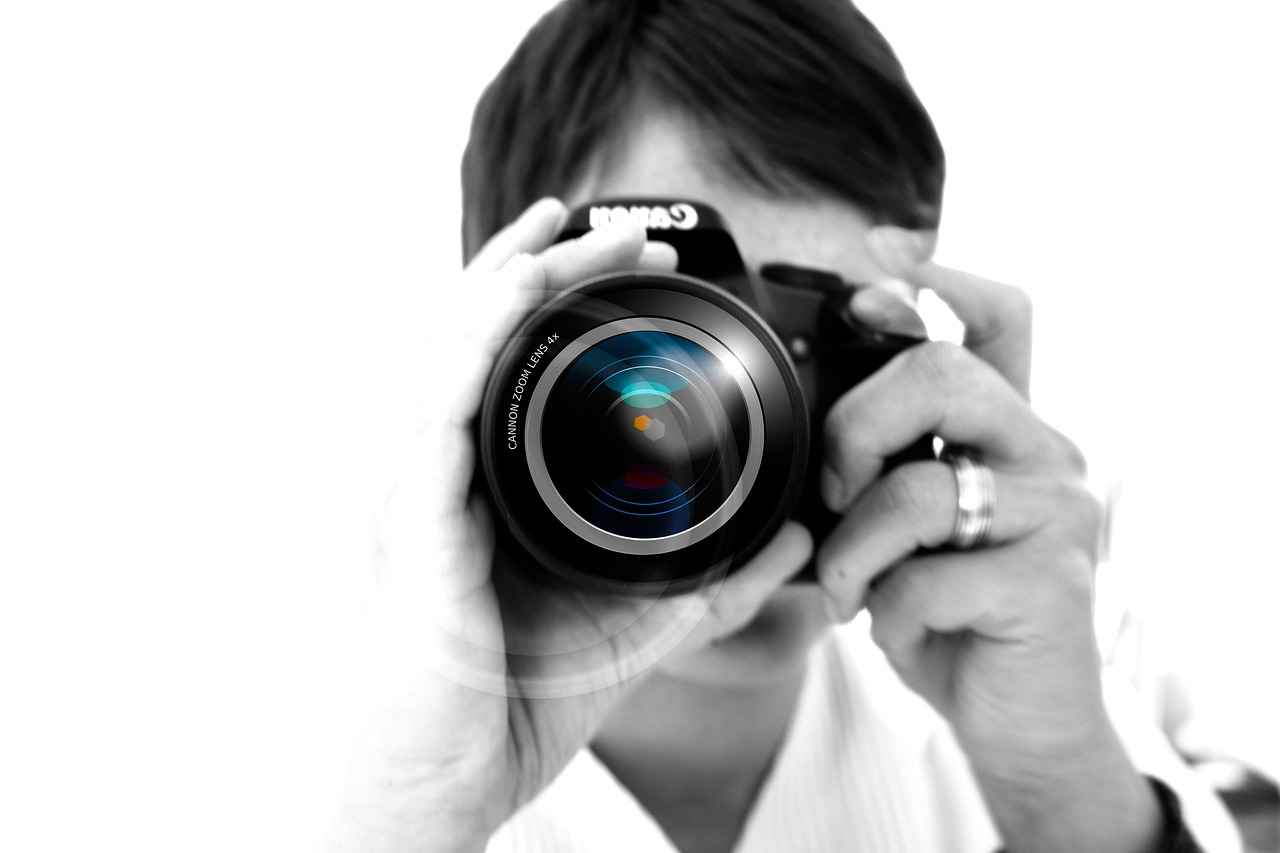
How to Attach an Action Camera to a Golf Club?
Attaching an action camera to a golf club can significantly enhance your golfing experience, allowing you to analyze your swing and share your performance with others. However, achieving the perfect angle and balance is crucial for capturing quality footage. In this guide, we will explore the best practices for mounting an action camera on a golf club, ensuring you get the most out of your device.
Using an action camera while golfing not only helps in recording your swings but also provides valuable insights into your technique. By reviewing the footage, you can identify areas for improvement, making your practice sessions more effective. Additionally, sharing your golfing achievements on social media can inspire others and create a sense of community.
When it comes to mounting your action camera, selecting the appropriate mount is essential. Here are some popular options:
- Clamp Mounts: These are versatile and can attach securely to the shaft of your golf club.
- Adhesive Mounts: Ideal for a more permanent solution, these mounts adhere directly to the club, providing stability.
- Strap Mounts: These offer flexibility and can be adjusted easily, making them a great choice for those who frequently change their setup.
The angle at which you mount your camera can dramatically influence the quality of your footage. Here are some tips to achieve the best perspective:
- Position the Camera Slightly Above: Mounting the camera just above the grip allows for a clear view of your swing.
- Angle Towards the Ball: Ensure the camera is angled towards where the ball will be struck to capture the full motion.
- Test Different Angles: Experiment with various angles during practice rounds to find the one that works best for you.
Safety should always be a priority when attaching an action camera to your golf club. Here are some considerations:
- Secure Mounting: Ensure that the mount is tightly secured to prevent it from loosening during your swing.
- Avoid Obstruction: Make sure the camera does not interfere with your grip or swing mechanics.
- Check Regulations: Some golf courses may have rules regarding the use of cameras, so it’s best to check in advance.
Once you’ve captured your swings, the next step is editing the footage. Use user-friendly editing software to trim clips, add effects, and enhance your videos. You can share your final product on platforms like YouTube or Instagram, allowing others to see your progress and engage with your content.
In conclusion, mounting an action camera on your golf club can provide a wealth of benefits, from improving your technique to sharing your journey with others. By following the tips outlined in this guide, you can ensure that your camera is securely attached and positioned for the best possible footage. Happy golfing!
Choosing the Right Mount for Golf Clubs
When it comes to capturing your golf swings and techniques, choosing the right mount for your golf club is essential. With various options available, each mount offers unique benefits that can enhance your filming experience. Understanding these options will help you select the most effective method for securely attaching your camera.
There are several types of mounts designed specifically for golf clubs, including:
- Clamp Mounts: These mounts securely attach to the shaft of the golf club, providing stability and a fixed position for your camera. They are easy to install and remove, making them a popular choice.
- Adhesive Mounts: Utilizing strong adhesives, these mounts stick directly to the club’s surface. They offer a low-profile option but require careful placement to ensure they do not interfere with your grip.
- Strap Mounts: These mounts use adjustable straps to secure the camera to the club. They are versatile and can be adjusted to fit different club sizes, but may require more time to set up.
- Chest Mounts: While not directly attached to the club, chest mounts can capture a golfer’s perspective effectively. This option provides a dynamic viewpoint, showcasing the entire swing motion.
When selecting a mount, consider the following factors:
- Camera Compatibility: Ensure the mount you choose is compatible with your specific action camera model. Some mounts are designed for specific brands, while others are universal.
- Stability: Look for mounts that provide a secure fit to minimize vibrations and movement during swings. Stability is crucial for capturing clear, high-quality footage.
- Ease of Use: Opt for mounts that are easy to install and remove. This will save you time and effort when transitioning between different filming setups.
- Durability: Choose mounts made from high-quality materials that can withstand the rigors of outdoor use, including exposure to weather conditions.
Using a mount for your action camera offers several advantages:
- Enhanced Footage: Capturing your swings from various angles allows for a more comprehensive analysis of your performance.
- Social Media Content: High-quality footage can be shared on social media platforms, showcasing your skills and engaging with fellow golf enthusiasts.
- Performance Analysis: Reviewing footage can help identify areas for improvement in your swing technique, ultimately enhancing your game.
Once you’ve selected the appropriate mount, follow these steps for a secure installation:
1. Clean the area of the golf club where the mount will be attached.2. Follow the manufacturer's instructions for the specific mount type.3. Ensure the mount is tightly secured and does not obstruct your grip.4. Test the setup by mimicking your swing motion to ensure stability.
With the right mount, you can effectively capture your golfing experience, providing a unique perspective to review and share. Whether you opt for a clamp, adhesive, or strap mount, each offers distinct advantages that can elevate your game and enhance your enjoyment of the sport.
Adjusting Camera Angle for Optimal Shots
When it comes to capturing the perfect action shots in sports like tennis and golf, the angle at which you mount your camera can dramatically alter the footage. Understanding how to adjust your camera for the best perspective during your swing is essential for achieving high-quality video that showcases your skills. This article will guide you through the nuances of camera angle adjustments, ensuring you get the most out of your action camera.
The angle of your camera can significantly influence the perception of movement and the overall aesthetic of your footage. A well-placed camera can capture the intensity of your swing, while a poorly positioned one may miss crucial details or distort the action. By adjusting your camera angle, you can:
- Enhance Visual Appeal: Capture dynamic shots that highlight your technique.
- Improve Analysis: Provide a better perspective for evaluating your performance.
- Engage Viewers: Create compelling content for social media platforms.
To achieve the best results, consider the following angles when mounting your camera:
- Eye-Level Angle: This angle provides a natural perspective, making it easier for viewers to relate to the action.
- Low Angle: A low angle can enhance the dramatic effect of your swing, emphasizing power and movement.
- High Angle: This perspective can help capture the entire swing motion, providing a comprehensive view of your technique.
Once you’ve identified the best angles, it’s essential to adjust your camera position accordingly. Here are some tips to ensure optimal footage:
- Secure Mounting: Ensure your camera is securely mounted to avoid any shake or movement during your swing.
- Test Different Heights: Experiment with different heights to find the most flattering angle for your specific style.
- Use a Tripod or Stabilizer: For consistent shots, consider using a tripod or stabilizer to maintain a steady view.
Different angles can produce varying effects on your footage quality. For instance, a camera mounted too high might flatten the action, while one positioned too low could distort it. By carefully adjusting your camera angle, you can:
- Highlight Key Moments: Capture the peak of your swing or the moment of impact.
- Showcase Technique: Offer a clear view of your form, allowing for better analysis and improvement.
- Engage Your Audience: Create visually stunning videos that keep viewers interested.
In summary, the angle at which you mount your camera plays a pivotal role in the quality of your sports footage. By understanding and adjusting your camera for the best perspective during your swing, you can enhance your visual storytelling and provide engaging content for your audience. Whether you’re an aspiring athlete or a seasoned pro, mastering camera angles can elevate your performance videos to new heights.
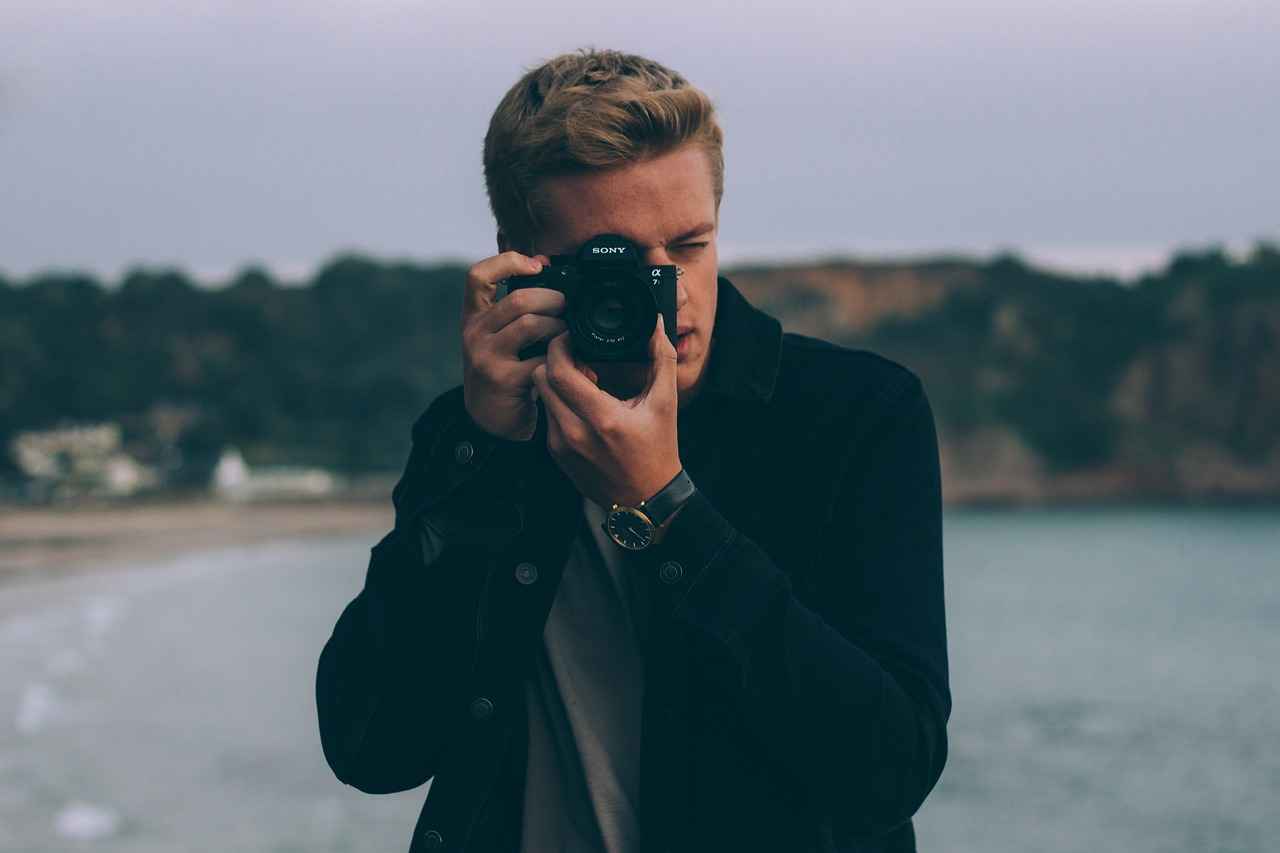
Safety Considerations When Mounting
When it comes to sports, ensuring safety while mounting an action camera on equipment such as a tennis racket or golf club is essential. Athletes are often focused on performance, and the last thing they need is a distraction or a safety hazard caused by improperly mounted gear. Understanding the potential risks associated with mounting an action camera and knowing how to mitigate those risks can protect both the athlete and the camera.
There are several risks involved when attaching an action camera to sports equipment:
- Camera Damage: A poorly secured camera can fall off during play, leading to potential damage.
- Injury to Players: An unsecured camera can pose a risk to the player or others nearby if it detaches and strikes someone.
- Equipment Interference: Improper mounting may affect the balance and aerodynamics of the sports equipment, impacting performance.
To ensure both safety and functionality, consider the following precautions:
- Choose Quality Mounts: Invest in high-quality mounts specifically designed for your sport. These mounts will provide better stability and security.
- Test before Use: Always conduct a test run before your actual game or practice session. Ensure that the camera is securely attached and does not obstruct your movement.
- Regular Inspections: Frequently check the mounting equipment for wear and tear. Replace any components that show signs of damage.
Following best practices can enhance safety while maximizing the effectiveness of your action camera:
- Optimal Positioning: Mount your camera in a position that offers a clear view without compromising your grip or swing.
- Secure Straps: Use additional straps or adhesives to ensure the camera stays put, especially during high-impact movements.
- Consider Weight Distribution: Ensure that the added weight of the camera does not affect your performance or balance.
Even with precautions in place, accidents can happen. Here’s what to do:
- Stay Calm: If your camera falls, remain calm and assess the situation. Ensure that no one is injured.
- Retrieve the Camera: Safely retrieve the camera and inspect it for damage. If it’s intact, you can continue using it; if not, consider repairs or replacements.
- Learn from Mistakes: Analyze what went wrong and adjust your mounting technique accordingly for future use.
In conclusion, safety is a critical factor when mounting an action camera on sports equipment. By understanding the risks, implementing safety measures, and following best practices, athletes can enjoy capturing their performance without compromising their safety or the integrity of their equipment.
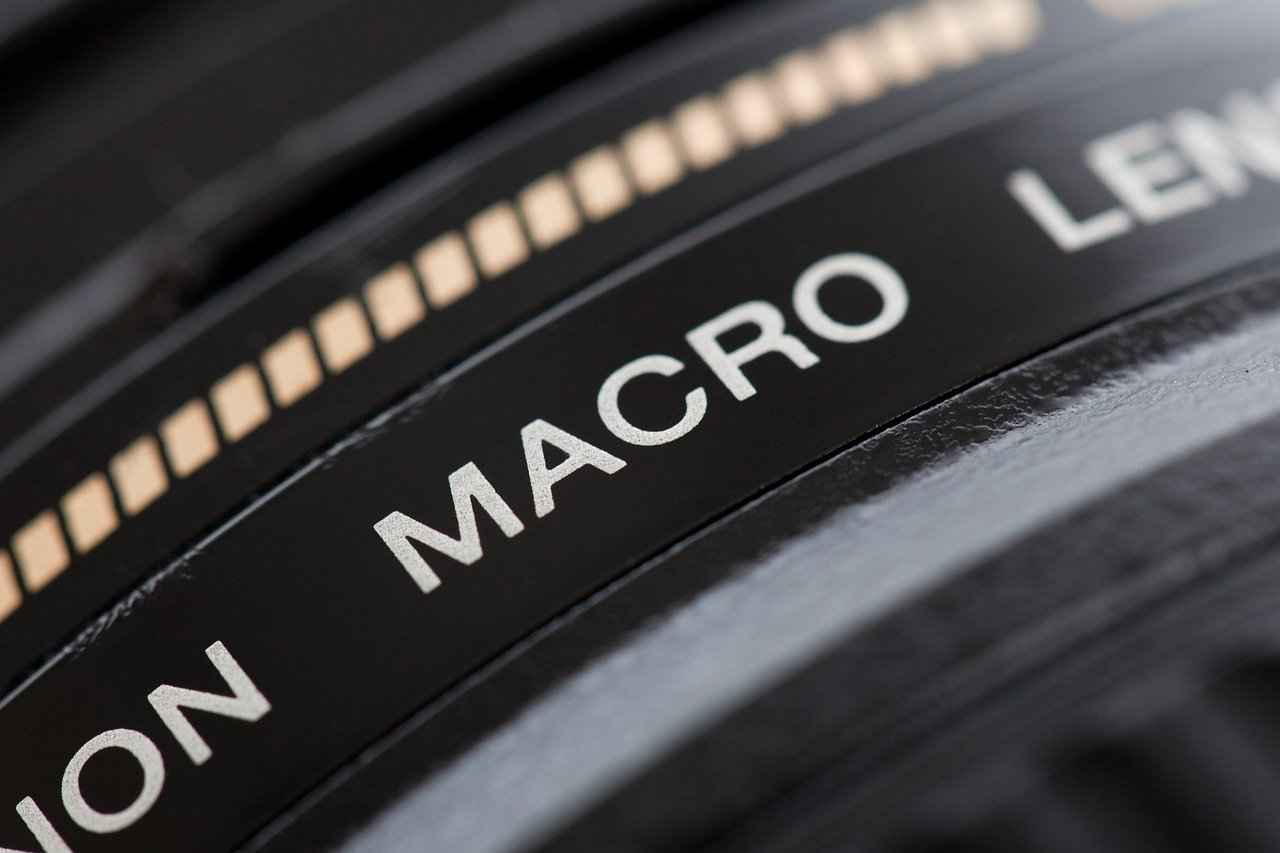
Editing and Sharing Your Action Camera Footage
Editing and sharing your action camera footage is a crucial step in showcasing your athletic skills and experiences. With the right techniques and tools, you can transform raw footage into engaging content that resonates with your audience. Here’s how to navigate the process effectively.
Editing allows you to enhance your footage by removing unnecessary clips, adding effects, and creating a cohesive storyline. This process not only improves the visual appeal but also maximizes viewer engagement. Well-edited videos can lead to increased shares and likes on social media platforms, helping you to build your online presence.
There are numerous editing software options available, ranging from beginner-friendly to professional-grade. Here are some popular choices:
- iMovie: Great for Mac users, offering intuitive features.
- Adobe Premiere Pro: A professional tool with advanced editing capabilities.
- Final Cut Pro: Excellent for high-quality edits on Mac.
- DaVinci Resolve: Free software with powerful editing and color correction tools.
To create captivating videos, consider these editing techniques:
- Cutting and Trimming: Remove unnecessary sections to keep the video engaging.
- Transitions: Use smooth transitions to maintain flow between clips.
- Color Correction: Adjust colors to make your footage more vibrant and appealing.
- Sound Design: Incorporate background music and sound effects to enhance the viewing experience.
Your video’s thumbnail and title are the first things viewers will see. An eye-catching thumbnail combined with a compelling title can significantly increase click-through rates. Make sure to use high-quality images and bold text to grab attention.
Once your video is edited, the next step is sharing it on various platforms. Here are some effective strategies:
- Social Media: Share your videos on platforms like Instagram, Facebook, and TikTok to reach a wider audience.
- YouTube: Create a channel to post longer videos and engage with your viewers through comments.
- Vimeo: A great platform for high-quality video sharing, especially for professional content.
Utilizing the right hashtags and crafting engaging descriptions can help your videos gain visibility. Research trending hashtags relevant to your content and include them in your posts. Additionally, write detailed descriptions that provide context and encourage viewers to engage.
After sharing your footage, it’s important to analyze its performance. Most platforms provide analytics tools that allow you to track views, likes, shares, and comments. Use this data to understand what resonates with your audience and refine your future content accordingly.
In conclusion, editing and sharing your action camera footage effectively can significantly enhance your online presence and engagement. By employing the right techniques and strategies, you can showcase your skills and connect with a broader audience.
Frequently Asked Questions
- Can I use any action camera for mounting on sports equipment?
While you can technically use any action camera, it’s best to choose one that has features like stabilization, waterproofing, and high resolution to ensure quality footage during your sports activities.
- What type of mounts are best for tennis rackets?
For tennis rackets, look for lightweight and secure mounts that won’t interfere with your swing. Adhesive mounts and straps designed specifically for rackets are great options to consider.
- How do I ensure my action camera won’t fall off during play?
To prevent your camera from falling, make sure to use a reliable mounting system and double-check that everything is tightly secured. Also, consider the position of the mount to avoid any disruption while playing.
- What angle should I mount my camera on a golf club?
The ideal angle depends on the shot you want to capture. Typically, mounting your camera at a slight angle facing downwards can help you get the best perspective of your swing and follow-through.
- Are there any safety concerns when using action cameras in sports?
Absolutely! Always be mindful of your surroundings and the potential risks involved. Ensure that the camera is securely mounted to avoid any accidents that could harm you or others on the court or course.
